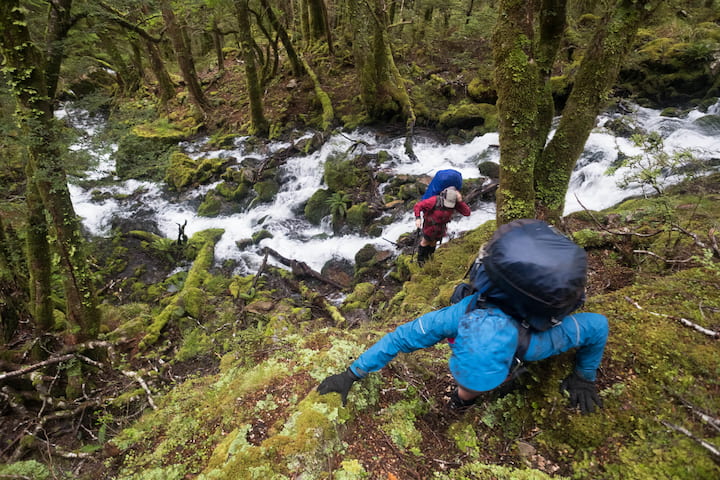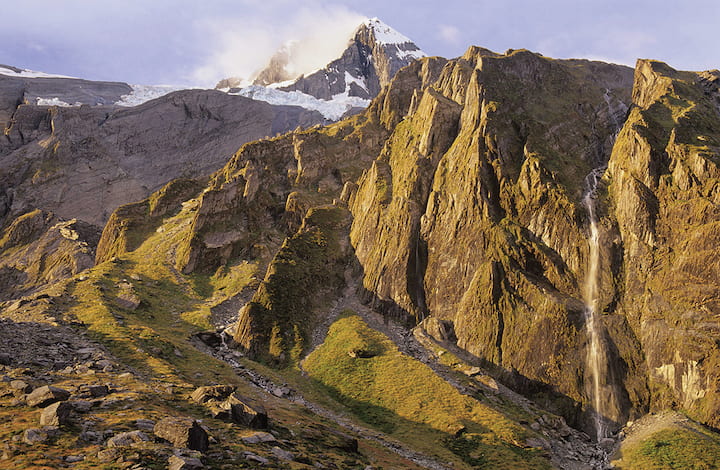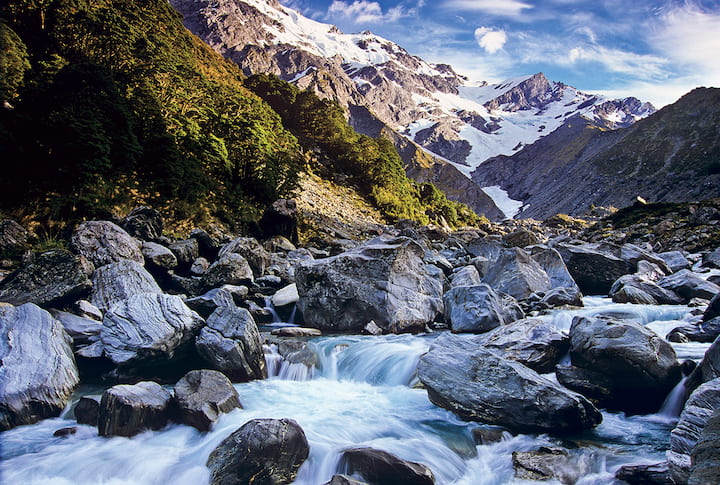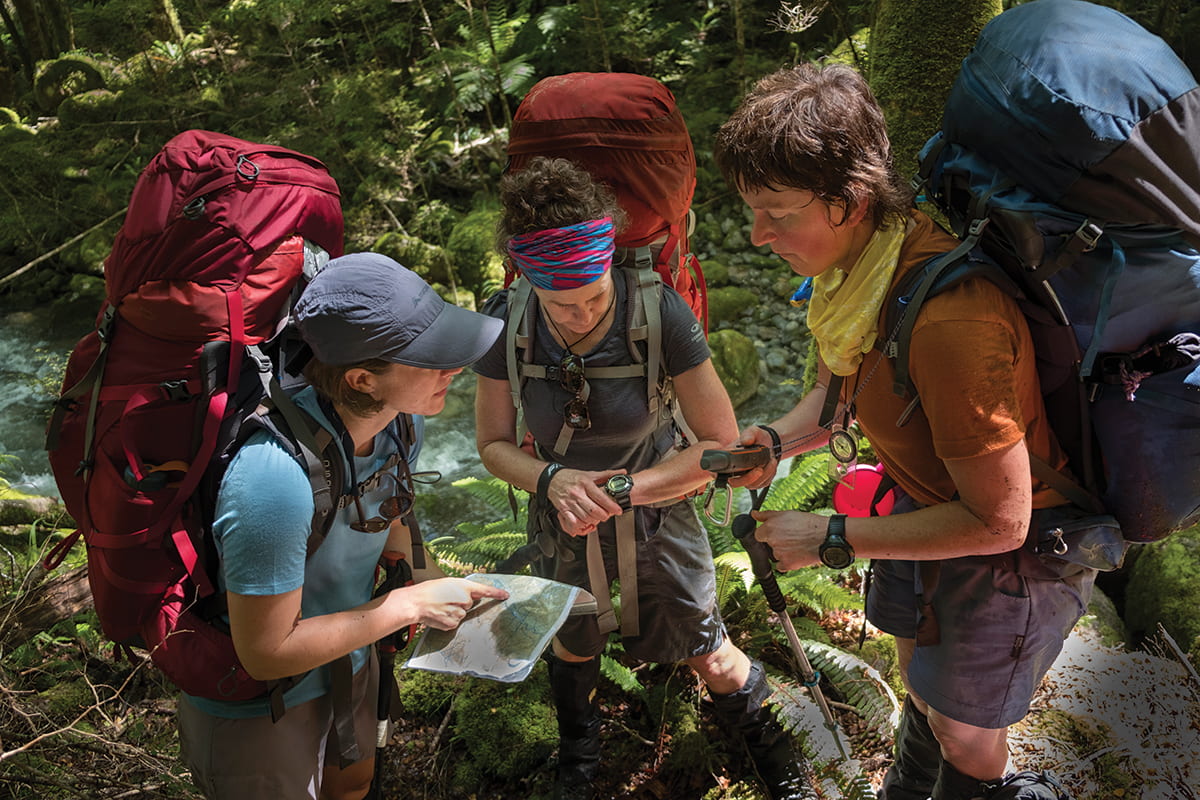Wilderness Areas
Where nature leads – and we follow. Quietly.
Aotearoa’s wildest places are set aside so nature can thrive in its most pristine state. These are our Wilderness Areas—a special layer of legal protection applied to some of our most remote public conservation lands, ensuring they remain as untouched as possible.
The creation of Wilderness Areas may be FMC’s greatest achievement in our long history. FMC has advocated for Wilderness Areas since 1959 and since the 1980s we’ve played a leading role in identifying, advocating for, and securing their legal protection.

What and where are wilderness areas?
Wilderness areas are a special type of protection applied to some of Aotearoa’s most remote public conservation lands. They sit within other protected areas—such as national parks, conservation parks, or stewardship land—ensuring these places are managed to preserve their wild character.
Wilderness areas are spaces where natural processes unfold without interruption, and people can experience true solitude and self-reliance. That means no huts, no tracks, no roads, and no motorised access, as well as no helicopter landings, roading, mining, and grazing—just open landscapes where you rely entirely on your own skills, judgement, and what you carry with you. They are remote, take a day to reach on foot, and at least two days to cross.
In a rapidly developing world, these areas are rare. In Aotearoa, they cover just 3% of land—they are some of our most precious and untouched public places.
There are 11 gazetted Wilderness Areas across Aotearoa—four in the North Island and seven in the South—together covering over half a million hectares of untamed land. Some of the best-known include Olivine Wilderness Area, deep in the Southern Alps, Adams Wilderness on the West Coast, and Raukumara Wilderness, in the rugged East Cape ranges. We encourage you to explore their boundaries using our interactive map, and challenge you to visit one—on nature’s terms.

What has FMC done to protect wilderness in Aotearoa?
Following in the footsteps of earlier advocates, FMC has been working to protect New Zealand’s Wilderness Areas since 1959. A turning point came with our 1981 Wilderness Conference, which brought the issue into the political spotlight, when our Wilderness Recreation in New Zealand report set out a clear vision that gained support from both the government and the public, including a proposal for 10 new Wilderness Areas.
Six were formally established in the following years:
- Tasman Wilderness Area in Northwest Nelson Forest Park (now Kahurangi National Park)
- Raukumara Wilderness Area in Raukumara Forest Park
- Hooker–Landsborough in Mt Aspiring National Park
- Olivine Wilderness Areas in Mt Aspiring National Park
- Adams Wilderness Area in the central Southern Alps
- Paparoa Wilderness Area on the Paparoa Range
- Ruakituri Wilderness Area in Te Urewera National Park




Of FMC’s original proposals, four remain unestablished: Kaimanawa–Kaweka, Garvies (Central Otago), Preservation/Waitutu (Fiordland), and Pegasus (Rakiura/Stewart Island). While FMC has continued to advocate for all of them, only Pegasus — now referred to as the Southern Wilderness Area — currently appears to have enough support to progress.

FAQs
Further reading
A history and timeline of Wilderness protection, by Shaun Barnett
Article about Kamanawa-Kaweka area, by Les Molloy



